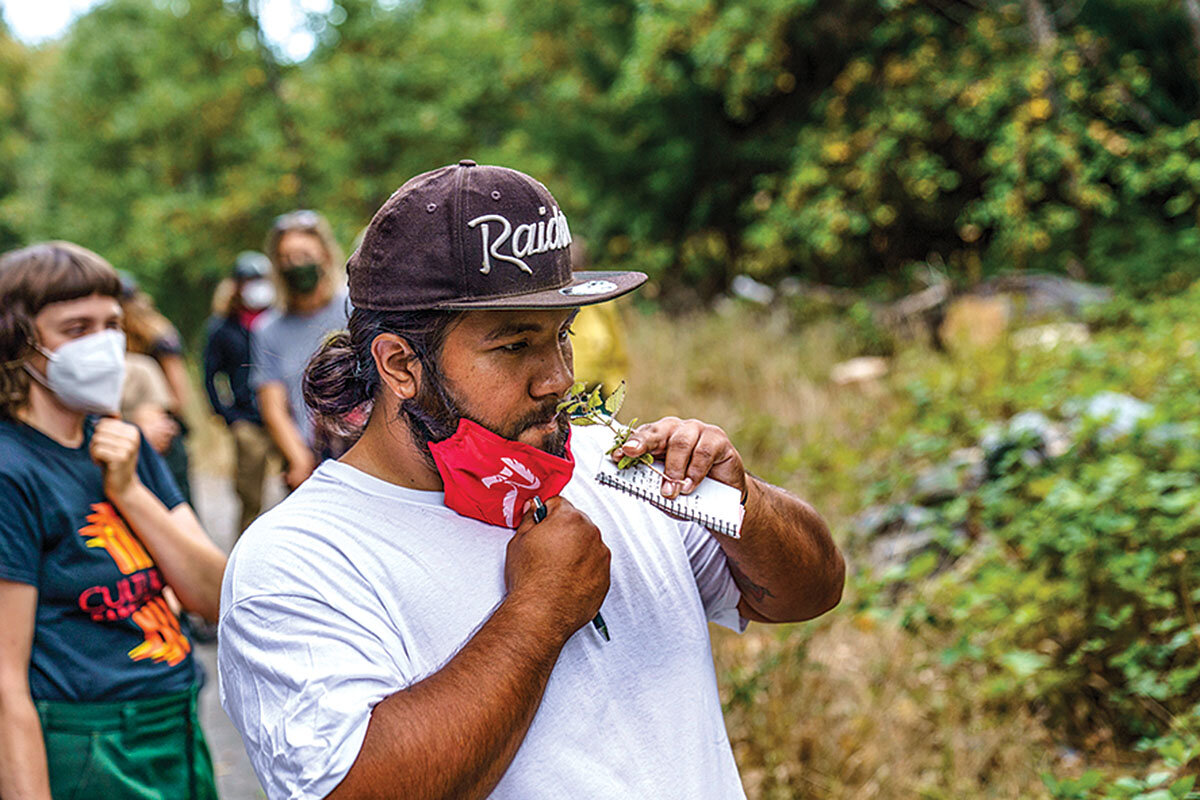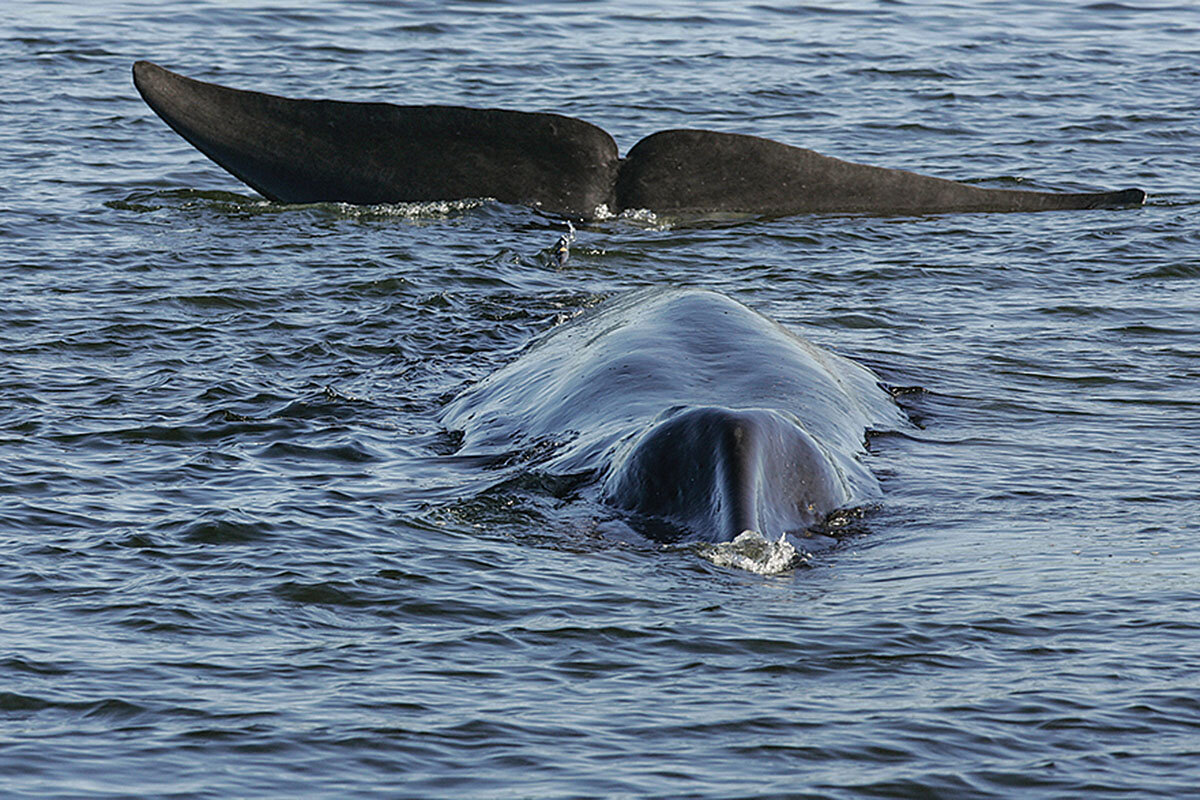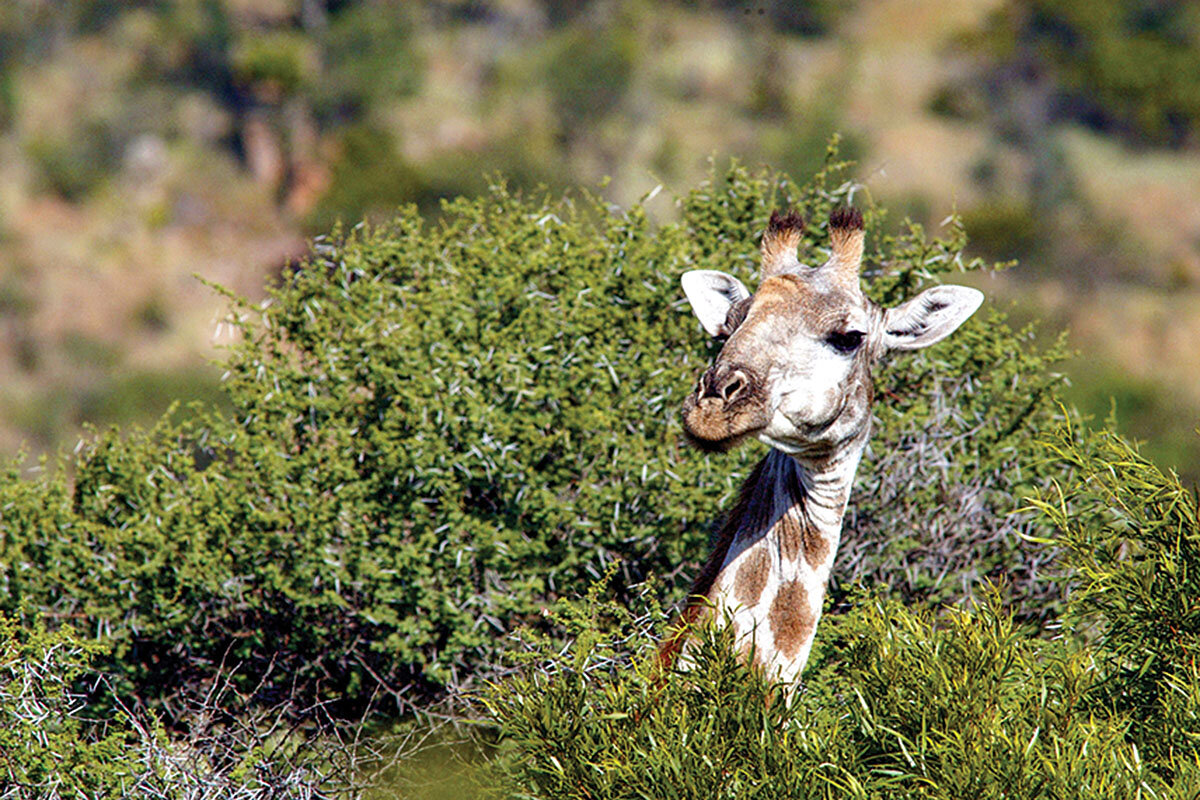From a redwood forest to ‘Venezuela’s lungs,’ lands in Indigenous hands
Loading...
In both Venezuela and California, returning land to the communities who’ve lived there for centuries acknowledges the value of Indigenous stewardship.
1. United States
A nonprofit returned 523 acres of redwood forest in California’s Mendocino County to Indigenous guardianship. For millennia, Indigenous tribes inhabited a lush expanse of land, home to an array of now endangered and threatened species such as the Sequoia sempervirens or coast redwood, the marbled murrelet, and the northern spotted owl.* Settlers arrived in the coastal forest in the mid-1800s, forcibly removing inhabitants. To restore Indigenous governance and protect an ecosystem damaged by historical logging, the nonprofit Save the Redwoods League secured corporate funding to purchase the land from private owners and then donated it to the InterTribal Sinkyone Wilderness Council, a coalition of 10 tribal nations. The forest will again be called Tc’ih-Léh-Dûñ, or “fish run place” in the Sinkyone language, referring to the Pacific Ocean and the creek where coho salmon and steelhead trout swim.
Why We Wrote This
In our roundup, progress is reinforcing roots for Indigenous peoples in California and Venezuela, renters in a struggling Beirut, giraffes in Africa, and whales near the bottom of the Earth.
Together, the league and the tribal council created a rigorous conservation plan that bans commercial logging, fragmentation, development, or public access and holds the council to a habitat management plan approved by the U.S. Fish and Wildlife Service. Utility giant Pacific Gas & Electric provided $3.55 million for the purchase and an additional $1.3 million for ongoing support, helping meet the company’s conservation goals.
Mongabay, The New York Times, Save the Redwoods League
2. Venezuela
Venezuela’s first Indigenous forest business, led mainly by women, offers a model for sustainable livelihoods. Dismayed by mining and lumber projects that abused the ecosystem with no gains for local people, inhabitants of the Imataca Forest Reserve founded a business in 2016. Their goal was simple: protect the forest while putting its resources to use sustainably. Tukupu, named after the community itself and funded in part by the Global Environment Facility, now protects and manages 17,300 acres of land granted to it by the Venezuelan government in 2020 and benefits over 1,500 Indigenous Kariña people.
The women who spearheaded the initiative organized conucos (nurseries), where they grow crops like cacao, guava, oranges, and other plants to help restore damaged tracts of the forest. So far, Tukupu has restored or reforested more than 1,000 acres and dedicated another 468 acres to agroforestry. The group also sells community-produced honey, bread, oil, and charcoal. A United Nations organization estimates the efforts have helped avoid 23 million tons of carbon emissions. As Tukupu leader Cecilia Rivas put it, “These forests are Venezuela’s lungs and we’re looking after them, not only for us, but the whole world.”
Mongabay
3. Southern Ocean
An estimated 1,000 fin whales were sighted in the same waters where whaling brought them to near extinction last century. These long, sleek creatures are normally observed in groups of between two and seven. So when Conor Ryan spotted the crowd spread across 5 square miles of the sea between the South Orkney Islands and the Antarctic Peninsula from a National Geographic polar cruiser, he could barely believe his eyes. “Words fail me,” said the experienced zoologist and photographer, who had seen at most 100 fin whales at a time in those seas.
Commercial whaling was outlawed by the 1980s, but nearly 3 million whales had already been wiped out around the world. Given the fin whale’s life span of around 90 years, the memory of that threat may still affect their collective behavior, such as avoiding gathering in large groups. The fact that these fin whales felt comfortable enough to enjoy a feast of tiny shrimps in such a huge assembly may offer hope for their recovery. “Upwards of 200 blows visible in the air at any one time, so our estimate might be conservative!” Dr. Ryan tweeted.
The Guardian
4. Lebanon
Beirut residents now have somewhere to turn for basic housing support. Lebanese law provides few protections for renters, and those that exist are often not enforced. Economic crisis and damage caused by a 2020 port explosion have left low-income renters vulnerable to rent hikes and illegal evictions. In response, an online tool and hotline called Housing Monitor allows residents to report precarious housing situations and eviction threats. The service is run by Public Works Studio, which then offers legal assistance and social services, and advocates for more comprehensive housing policy. Between July and November 2021, the program fielded 86 cases, providing support to 369 individuals.
Housing Monitor is the first of its kind in the Middle East North Africa region and a gold prize winner at the United Nations World Habitat Awards. Participants say the project contributes to a sense of solidarity among refugees, migrants, and local Lebanese people who may otherwise have little in common. “It’s very lonely to be threatened with eviction – so it’s obviously very empowering when these tenants get together and share their stories,” said Nadine Bekdache, a Housing Monitor manager. “By supporting tenants, we are shifting the balance of power.”
Thomson Reuters Foundation, World Habitat
5. Africa
Giraffe populations are rebounding across Africa. Scientists estimate that around a million giraffes roamed the continent in the 1700s. Until recently, numbers had fallen steadily in what scientists were calling a “silent extinction” because of habitat fragmentation, war, poaching, and deforestation. But research published in December, based on close cooperation among governments, nonprofits, researchers, and citizen scientists from across 21 countries, shows an upward trend. There are now around 117,000 giraffes throughout Africa – still a long way to go for the long-legged herbivores, but up 20% since 2015.
Some of the increase could be thanks to more accurate field research strategies. In the past, giraffe populations were imperfectly surveyed from airplanes. In a new technique, intensive photographic surveys coupled with software programs that distinguish the spot patterns of individual giraffes offer a more accurate estimate. Nevertheless, scientists say the new findings indicate conservation and relocation efforts have been working. “When conditions are good for giraffes, they can rebound in incredible ways,” says Michael Brown, a co-author of the new study. “All they need is a chance.”
National Geographic
* Editor's note: This story has been corrected to show that the trees in Mendocino County, California, are known as Sequoia sempervirens or coast redwoods.









